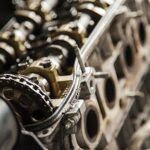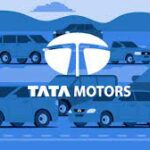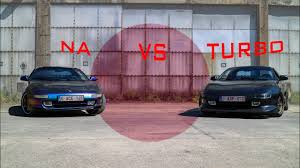
Currently, many people who are looking to buy a car are confused between which engine specification to buy as it is a matter of reliability, fuel efficiency and of course a huge amount has to spent which cannot be overdone. There has been a long debate on Naturally Aspirated Engine VS Turbocharged Engine, but you see we cannot decide who is the winner here as both are being offered in the Indian Automobile Market having merits and demerits of their own irrespective of fuel options.
Petrol Engines are for those who need a silent, non-peppy drive and have less run on the contrary we have Diesel Engines for motor enthusiasts, who have daily run and need mileage along with power. But here the question is not of fuel options. So let us have a look at which engine should you prefer.
Turbocharged Engine
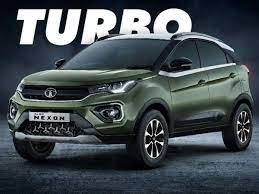
A forced induction engine like a Turbocharger or a supercharger is driven by a turbine that works by forcing more compressed air into the combustion chamber and effectively multiplying the efficiency and power of the engine several times. A turbocharger is a forced induction device that forced more compressed air and fuel into the engine. More air-fuel mixture in the cylinder means stronger explosion and as a result more power. In naturally aspirated engines, air intake depends on the atmospheric pressure. It does not artificially squeeze more air inside the cylinders which is why it requires a larger engine to produce more power.
Reliability
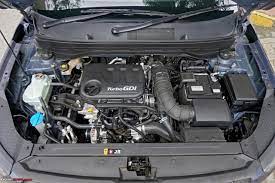
In terms of reliability, naturally aspirated engines are more reliable than turbocharged engines. Though the difference is not much, the Naturally Aspirated engines are more reliable because fresh clean new air gets inside the engine every time. The use of Pre-used gasses in the turbocharged engine is a bit more stressful for the engine and additional components also increase maintenance costs. The general life expectancy of naturally aspirated engines is always longer than turbocharged counterparts.
Acceleration
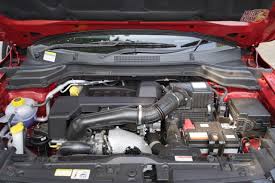
The extra boost turbos produce more power in the engine but acceleration is where they lag. As turbos use exhaust gas to power themselves they need to build said gases and as you might have guessed there are no exhaust gases when you start the car. New technologies are being made however that allows for better acceleration and almost no lag.
Complexity
As the saying goes, the more parts something has the more chances of it causing issues. A turbo adds upon the already present Naturally Aspirated system with more routings, intercooler, vacuum hose and a ton of plumbing. Failure of the entire system is easily possible due to a lot of parts in the play and even one not working part may lead to problems.
Power
To be honest, the meaning is there in the name itself, turbochargers are meant to provide extra power best suitable for hills driving and overtaking.
Naturally Aspirated Engine
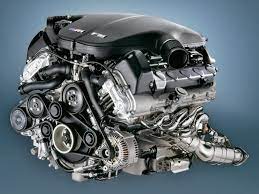
The engine of a car is made of multiple different parts and equipment. Most engine nowadays is four-stroke engines. The process of producing power is a four-step process. During the first stroke, the piston is pushed downwards, and the air is filled in the chamber along with fuel. This step is also known as Intake Stroke. During the second stroke, the piston travels upwards, thus compressing the mixture. During the third stroke, the mixture is ignited with the help of a spark plug and the mixture gets combusted. In the fourth step, the exhaust gases leave the chamber.
Reliability
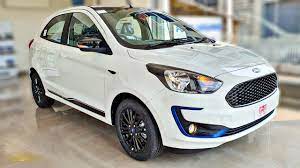
The Naturally Aspirated engines are old-fashioned but they have been around for almost as long as cars have. Since they do not employ forced induction systems, they are largely smoother. With precision engineering, these engines can match force-induced engines’ power output. For example, the naturally aspirated engine in Ford Figo produces a peak of 91ps power at 1500rpm.
Acceleration
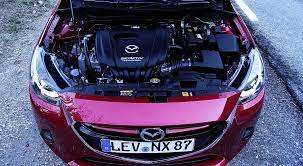
Naturally Aspirated Engine has no lag when starting and you get a steady rise in power, unlike turbos. With its variable valve timing, it gets high torque at lower RPMs and high power at higher RPMs without any delay. This in no way means that Turbos are worse than NA when it comes to acceleration because what they lack at the start they make up in mere seconds with their power.
Complexity
Naturally Aspirated Engine has no lag when starting and you get a steady rise in power, unlike turbos. With its variable valve timing, it gets high torque at lower RPMs and high power at higher RPMs without any delay. This in no way means that Turbos are worse than NA when it comes to acceleration because what they lack at the start they make up in mere seconds with their power.
Power
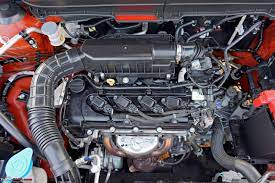
Although at initial RPM Naturally Aspirated Engine produces less power than TurboCharged Engine later on they can compete with Turbo Engines thus cutting down the competition but if you love the concept of boosted power, smaller engines, and monstrous performance, go for a turbocharged setup. The lag is mostly harmless and lasts for just a few moments in most modern cars anyways.
Conclusion
There is no “one size fits all” when you are buying a car or customizing it for that matter. A naturally aspirated engine has its list of pros and cons and the same can be said about the turbocharged ones. Overall it is an extremely personal choice that depends largely on what you are looking for.
Do let me know your choice in the comments section below.
Thank You, Readers.


